Key takeaways
- GS1 is a global non-profit organization that develops and maintains standardization for business communication. They are the only official provider of GS1 barcodes, which ensure businesses can sell products through major retailers and online marketplaces.
- Each GS1 barcode is encoded with a GTIN (Global Trade Item Number). This unique identifier links product details to a central database.
- The purpose of GS1-registered barcodes is to prevent barcode duplication issues and help maintain product credibility and authenticity.
- Small businesses using barcodes to track internal inventory or businesses that sell their goods independently may not require GS1 barcodes.
- There are flexible purchasing options for GS1 barcodes. Businesses can buy individual barcodes with a one-time fee or purchase a company prefix that requires a renewal fee.
- Many large retailers and ecommerce platforms mandate GS1 barcodes for product listings.
You’re likely to see at least one GS1 barcode on any given day. In fact, GS1 barcodes are scanned billions of times every day. We might not always notice them, but barcode systems are just about everywhere, from retail to healthcare and beyond.
Although they look a little complex, barcodes are very simple to use. They’re not just for big box stores, either. Barcodes can come in handy, no matter the size of your business.
We sat down with Michelle Covey, VP of Commercialization at GS1 US, to get her insights on everything barcode related. Watch our barcoding deep dive with Michelle below:
In the following article, we’ll take a closer look at how to make barcodes, what they are, and what their future holds.
If you want a more in-depth look at how to start barcoding your small business, check out our Ultimate Barcoding Guide. It covers everything there is to know about barcodes.
A quick history of the GS1 barcode
The first barcodes were thought up over 70 years ago. In 1948, Inventor Bernard Silver overheard a supermarket executive explaining that he needed a way to put codes on his products. A simple problem with no solution at the time.
This conversation sparked an idea that set Bernard Silver and his colleague, Norman Joseph Woodland, on the track to invent the barcode. During this time, Engineer George Laurer also worked on the task, codifying the information into a numeric form we still use today, UPC.
It wasn’t until the 1970s that barcodes as we know them appeared. In June 1974, a clerk at a Marsh’s Food Market would scan a packet of Wrigley’s Juicy Fruit gum and make barcode history.
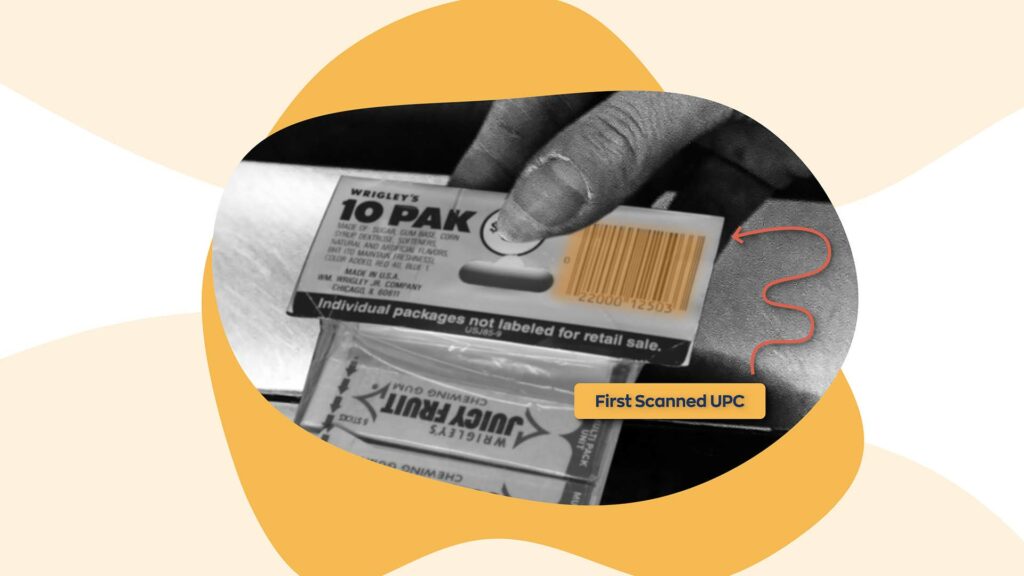
Today, barcodes have spread worldwide and even have their own global standards set by GS1. These barcodes are internationally recognized and easy to use.
What is a GS1 barcode?
Two main elements make up a GS1 barcode:
Barcode – The recognizable black and white lines (or another pattern for 2D barcodes) we see on products are known as barcodes. The barcode is a machine-readable representation of the numbers underneath. In traditional barcodes, the presence or absence of lines of varying widths represents the numbers.
GTIN – The numbers underneath the barcode identify the product. When barcodes are made, the product identifier number is made first; then, it’s encoded into the barcode so that machines can read it. This globally recognized unique number is known as a Global Trade Item Number (GTIN).
Do I need a GS1 Barcode?
The short answer is it depends. In order to figure out whether or not you need a GS1 barcode, start by asking yourself this question. Do I want to use these barcodes externally?
By this, we mean do you want other companies and organizations to be able to scan those barcodes and recognize them? If you answered yes to this question, then you will absolutely need to use registered GS1 barcodes for your products.
In fact, some big box stores and even online ecommerce platforms require them. The good news is we’ve partnered with GS1 US to make buying official barcodes swift and easy. You can visit our inFlow GTIN Barcode Shop to purchase individual barcodes for a one-time fee of $30.
However, if you need more than ten barcodes, we recommend going directly to GS1 and purchasing a company prefix.
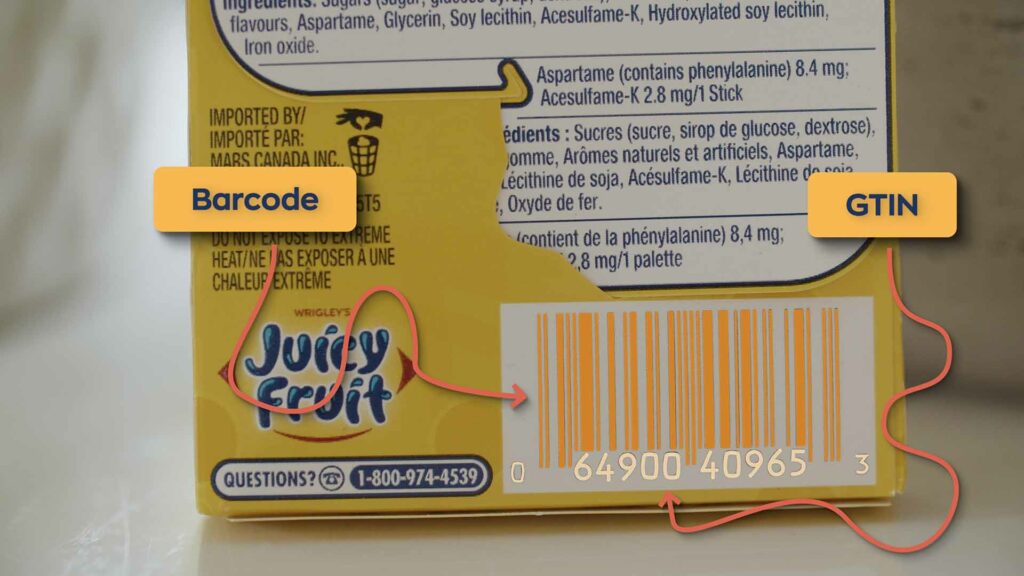
What is a UPC barcode?
When you start looking at how to use barcodes, you’ll probably come across the term UPC. The number under the barcode (the GTIN) can appear in several formats. The Universal Product Code (UPC) is one of these formats, commonly used across North America, and is an example of a GS1 barcode.
A UPC barcode is encoded with 12 numbers. The digits on the left represent the company, and the five on the right identify the specific product type. The final number on the right is a ‘check digit.’
What do you use barcodes for?
In some industries, such as retail, barcodes are now so useful that businesses can’t function properly without them. One of the most common uses for barcodes is when we pay for a product at the register. But barcode systems can help with a vast range of retail tasks, including:
- Receiving products
- Adjusting stock
- Product picking
- Stock transfer
- Checking stock
- Cycle counts
- Looking up orders
Without a barcode system, it’s tough to keep track of the status of a product. Today, people use barcodes in many areas, including ticketing, mail handling, and healthcare.
For example, the UK National Health Service recently launched a food app that lets families scan food barcodes and suggests healthier alternatives. As technology develops, more and more use cases are appearing.
This is because, while traditional barcodes (the ones with vertical lines) can store enough information to identify products, multi-dimensional barcodes can store a lot more. QR codes, for example, can point us to a website or app filled with information about a product or event.
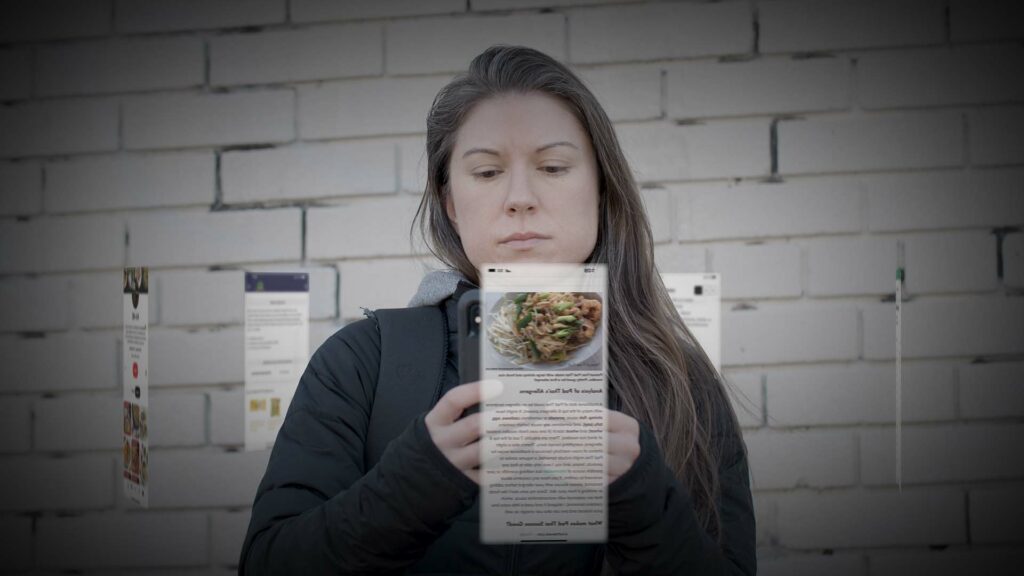
This opens up a world of opportunities, from tracing the source of a recalled product to connecting patient information in hospitals.
Barcodes for small businesses
Small online retailers sometimes feel they don’t need a GS1 barcode. But barcodes for small businesses are essential. If a company decides to expand to other channels, it’ll need a way to identify its products.
The rise of omnichannel shopping is paving the way for a mix of physical and digital (…yes, sometimes called phygital…), and businesses must meet customers where they are.
So, when you use a GS1 barcode on your products, whenever someone scans it, it’s clear that you’re associated with it. This can help protect your brand and reassures the seller about the product’s authenticity.
Of course, growing businesses might not need hundreds or thousands of barcodes at first. GS1 now allows businesses to buy a single GS1 barcode, so they can hit the ground running.
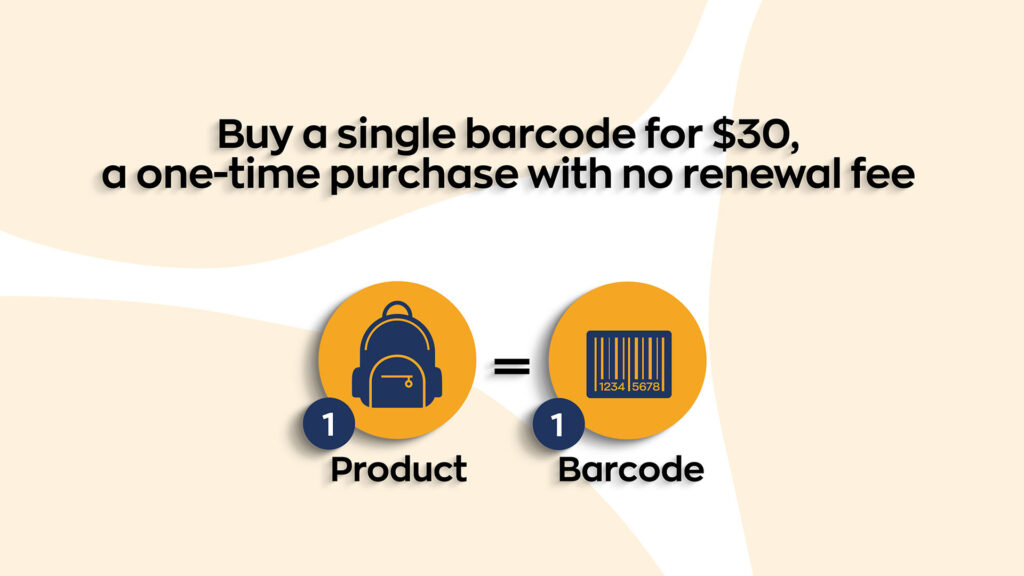
How to make barcodes
There are several ways to make a barcode system. The right solution depends on what your business needs. It’s possible to generate barcodes with online tools, but this can become tricky after the first few products.
Imagine, for example, you decide to launch a new t-shirt in four colors and three sizes. Each color and size combination needs its own barcode so that it’s easily identifiable. That’s 12 barcodes for just one type of t-shirt.
Using the right tools
Because barcoding is an ongoing process, using the right software can help you keep up. For example, inFlow’s app generates barcodes and turns your mobile device into a barcode scanner. Or, if you already have your own barcodes, you can easily input them and start scanning.
Printing your barcodes is easy, too. You can even use a standard office printer to label your shelves. If you prefer a high-tech option, we also offer the inFlow’s Smart Scanner and work with DYMO label printers.
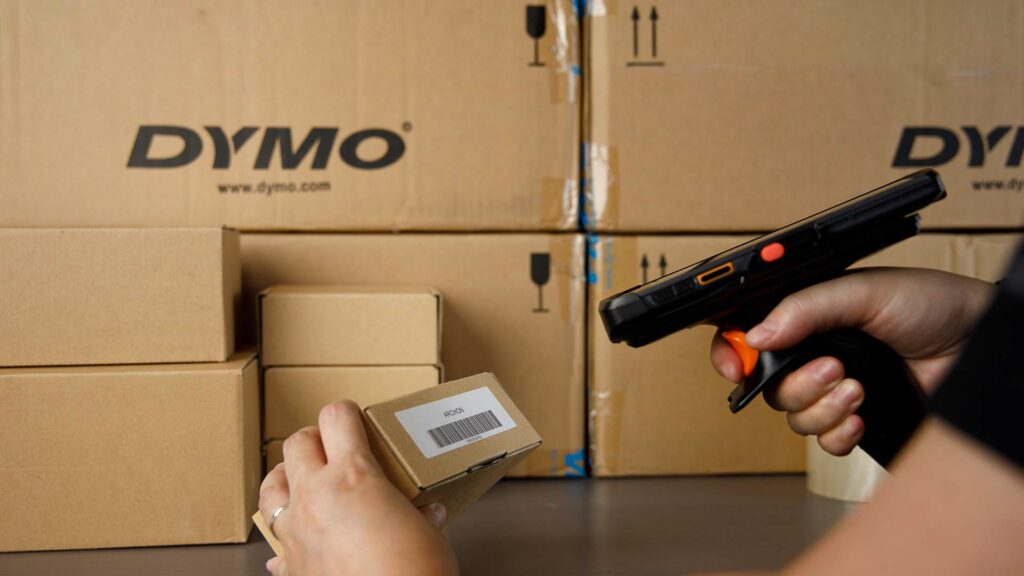
Getting a GS1 barcode
For globally recognized barcodes, GS1 offers Global Trade Item Numbers (GTINs) that you can encode into barcodes and use around the world.
GS1 provides UPC barcodes, which businesses use in North America. You can then use these GS1 barcodes with a suitable platform or tool.
The future of GS1 barcodes
The traditional GS1 barcode (vertical-line barcodes) are extremely useful, but multi-dimensional barcodes can store much more information. These might be QR codes or matrix barcodes with digital links.
With these links, we can give a consumer information about how an item of clothing is made or trace a food product all the way back to the field.
We can expect to start seeing more and more of these multi-dimensional barcodes as businesses worldwide find more ingenious uses. In fact, GS1 has launched a program called Sunrise 2027 to help companies make the change from one-dimensional barcodes.


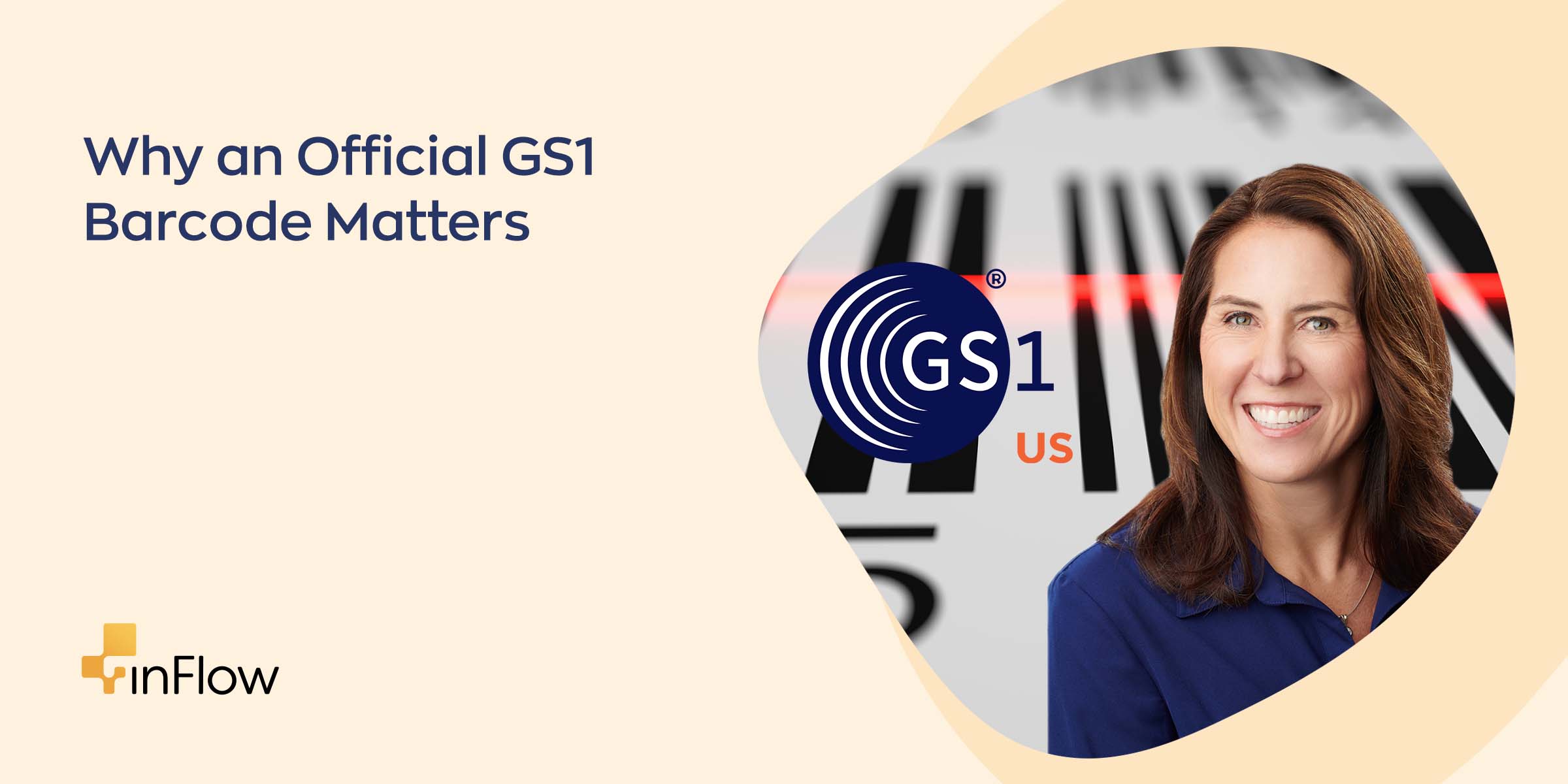
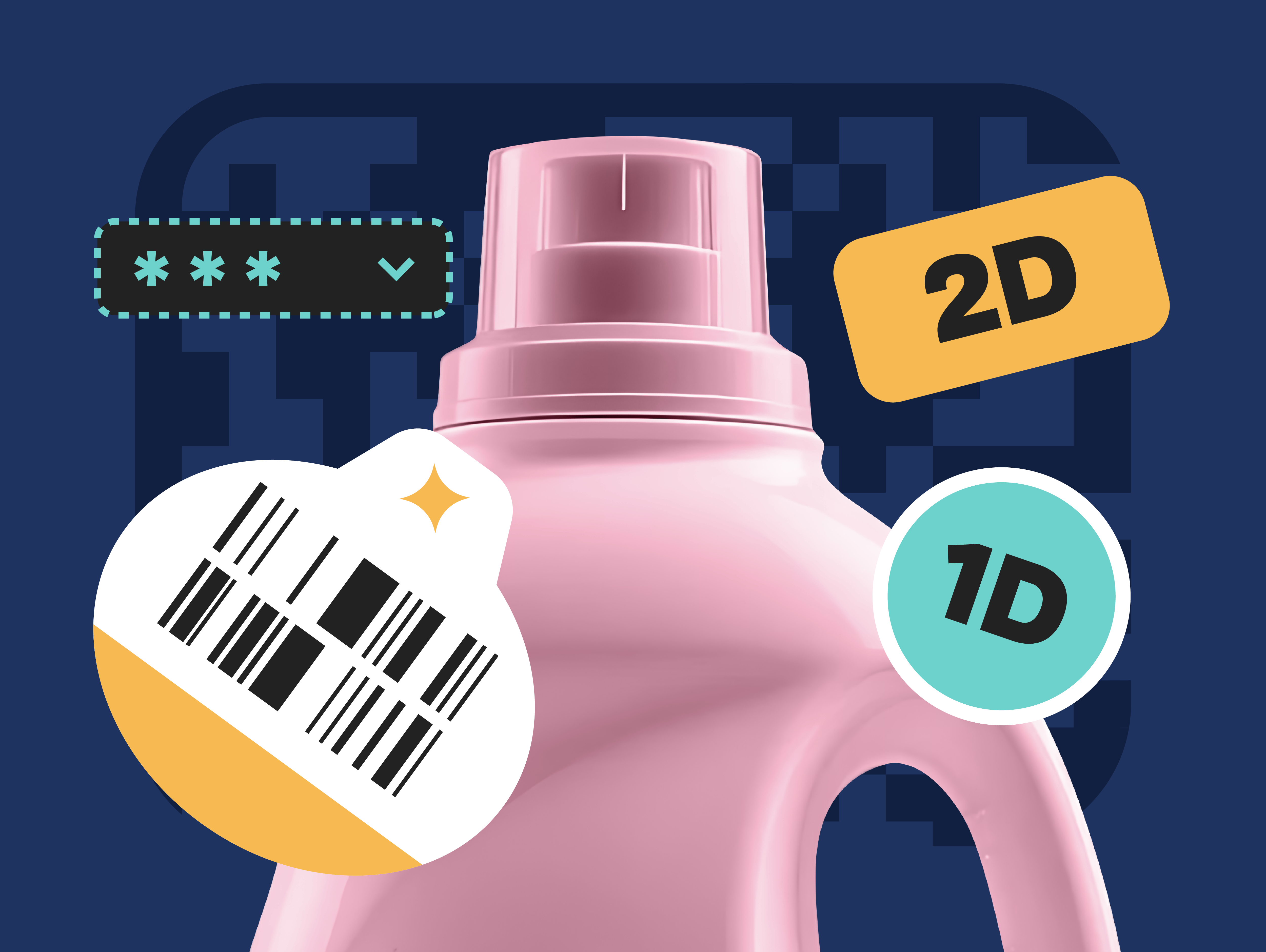
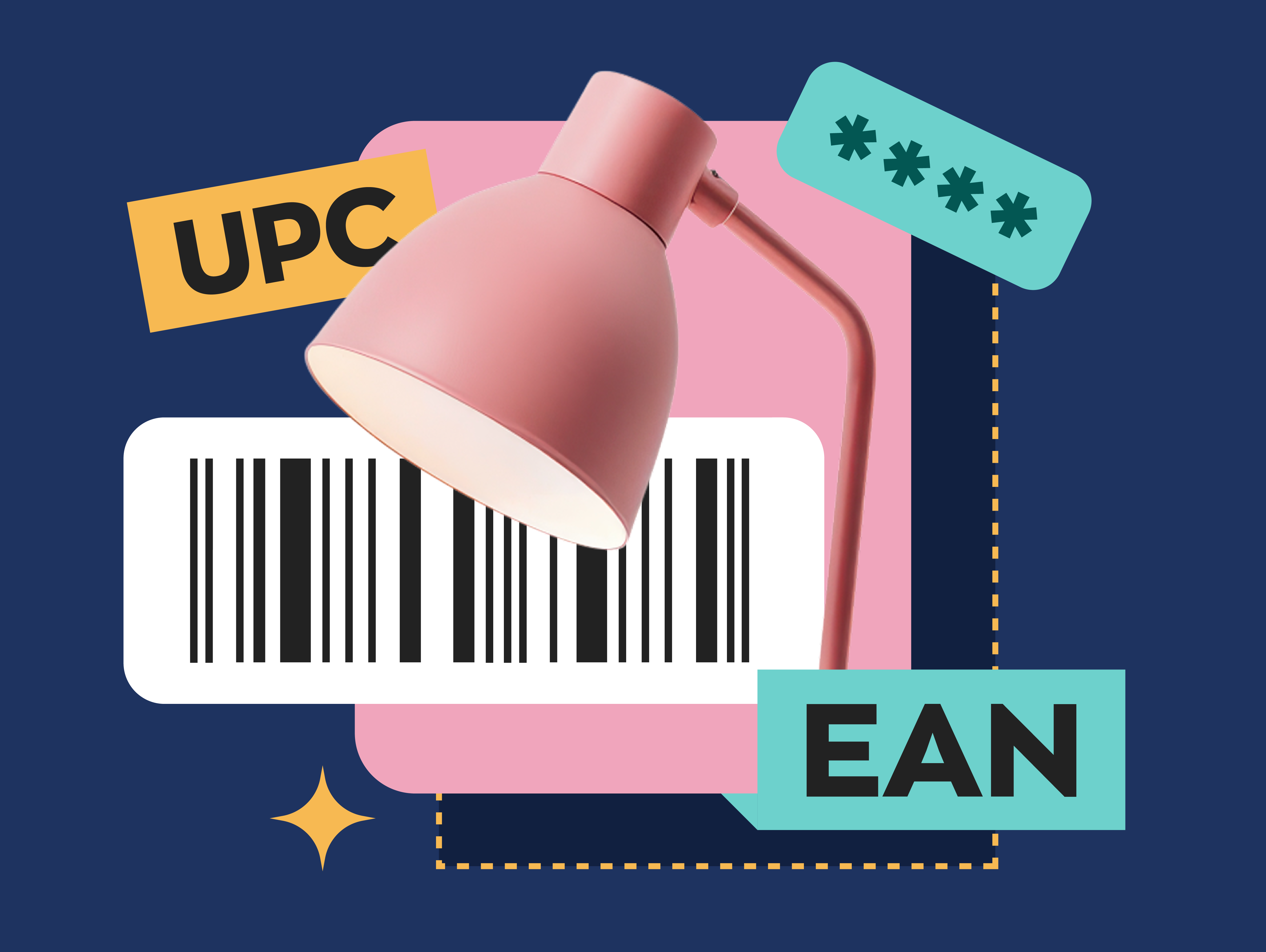
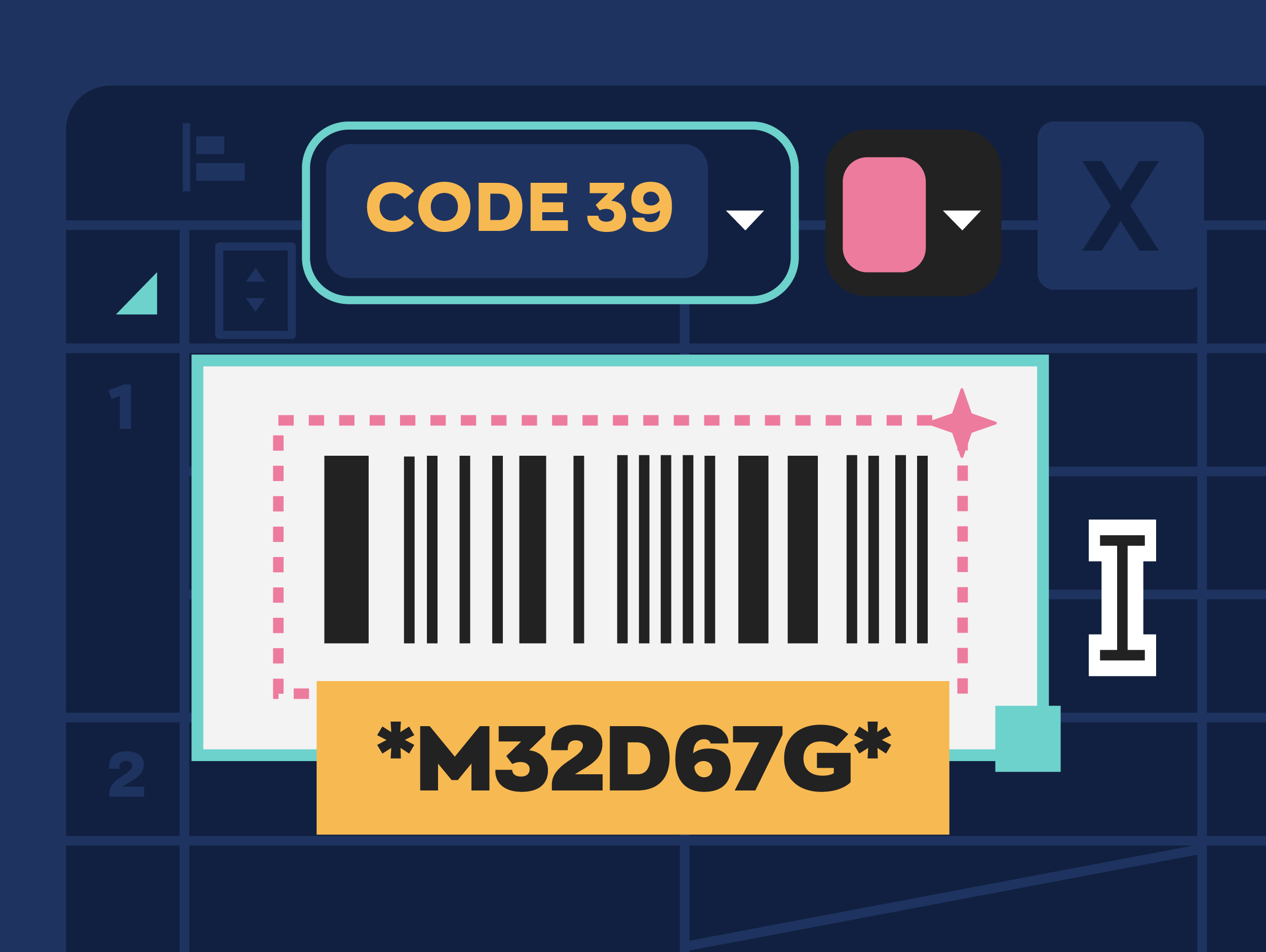
0 Comments